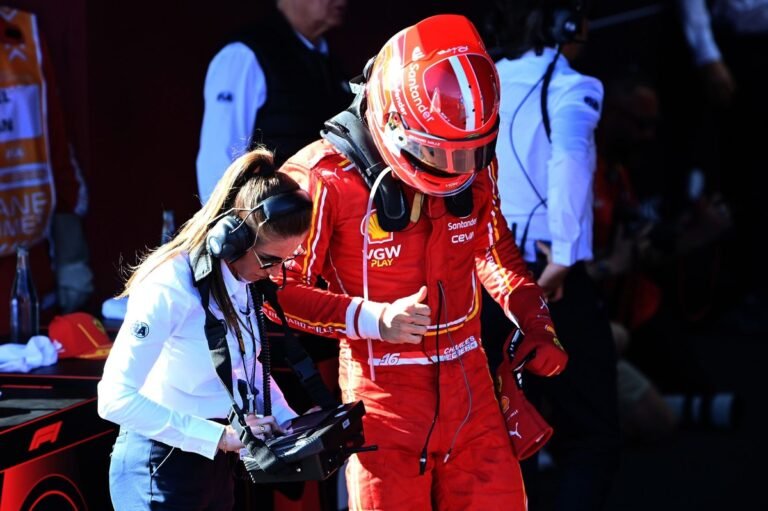Formula 1 Weight Protocol: Precision and Compliance
In Formula 1, the protocol surrounding driver weights is critical to maintaining competitive integrity and safety. After each race, FIA officials mandate that all 20 drivers immediately step onto scales wearing their complete race gear. This process is essential for ensuring compliance with the technical regulations governing the sport.
Currently, the minimum weight requirement for a driver is set at 82 kilograms, which includes all racing attire: suit, gloves, helmet, shoes, and HANS device. Any driver falling below this threshold necessitates the addition of ballast to their car, as the driver’s weight is integral to calculating the car’s total minimum weight. As of the 2025 season, the combined minimum weight for car and driver is established at 800 kilograms, dropping to 768 kilograms in 2026.
In the high-stakes environment of F1, where races can be decided by mere tenths of a second, every gram matters. Factors such as extreme weather conditions—like the oppressive heat experienced at the Qatar Grand Prix—can lead drivers to lose up to three kilograms through perspiration during a race. Despite these losses, compliance with the minimum weight requirement remains strict during post-race evaluations.
Post-race weighing serves a dual purpose, not only ensuring compliance but also functioning as a health measure. Teams and physiotherapists utilize the weight data to assess fluid loss and devise tailored recovery strategies for drivers. Following the weigh-in, each driver receives a receipt indicating their exact weight, which serves as official documentation in case of disputes.
Though there are no established protocols for what happens to the weight slip afterward, it usually finds its way to the driver’s physiotherapist. This data is crucial for developing a post-race recovery plan, addressing hydration levels and nutritional needs effectively.
The meticulous attention to weight underscores Formula 1’s commitment to precision, playing a significant role in both the sport’s competitive landscape and the well-being of its athletes.



